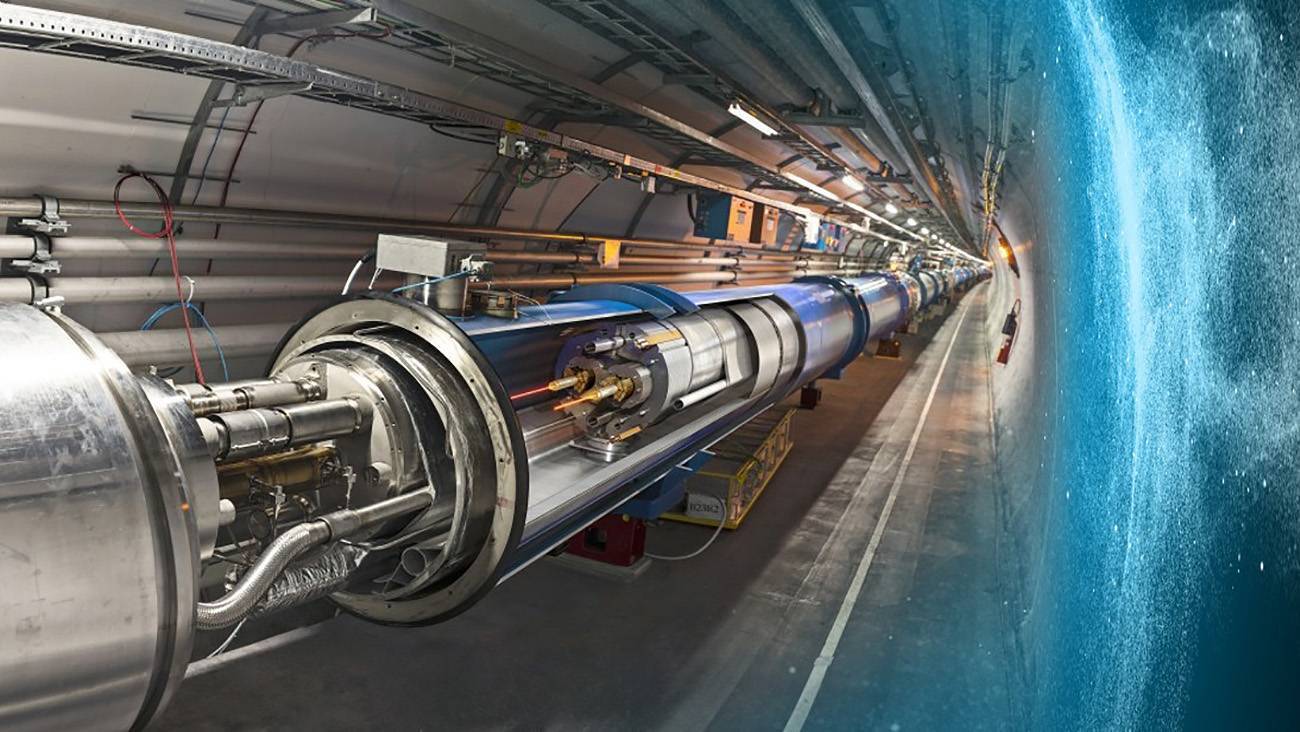CERN is making progress in understanding why there is more matter than antimatter in the universe.

Cosmological models suggest that equal amounts of matter and antimatter were created during the Big Bang , but the former now appears to dominate the universe. A new experimental result opens new avenues for understanding this imbalance.
The European Organization for Nuclear Research (Cern) hosts the LHCb experiment, which investigates, among other phenomena, the subtle differences between matter and antimatter , and has published a new study in Nature .
In a new result of that experiment, conducted at the Large Hadron Collider at CERN in Switzerland, an asymmetry between matter and antimatter has been observed. The novelty is that it has been observed in a type of subatomic particle called a baryon (neutrons and protons are baryons), which constitutes the majority of matter in the observable universe.
The LHCb collaboration, with more than 1,800 members from institutions in 24 countries, presents results that mark a new stage in understanding the subtle but profound differences between matter and antimatter.
In the Big Bang, matter and antimatter were created in equal proportions, according to the most widely accepted theory, both in a balance that would not have allowed the known universe to form, María Vieites, deputy coordinator of physics at the LHCb, explained to EFE.
The Standard Model of Particle Physics predicts that there are some differences between matter and antimatter, "without which we couldn't explain why we are here." A certain asymmetry is very small and "not enough to explain the great dominance of matter."
The asymmetry now observed in baryons is an example of an effect known as charge-parity (CP) symmetry violation. This refers to the fact that the phenomena occur equally if particles are converted into their corresponding antiparticles. The imbalance between the amounts of matter and antimatter is believed to be due to differences in the behavior of the two, that is, a violation of charge-parity symmetry.
This effect had already been predicted by the Standard Model and in the 1960s it was observed in mesons , a type of subatomic particle, which is composed of a quark and an antiquark.
However, in baryons, which are made up of three quarks, only hints of this phenomenon had been seen, but without experimental verification, until now.
This discovery opens up new avenues for explaining the arrangement of elementary particles that make up matter in the Standard Model of Particle Physics and for understanding why matter apparently prevailed over antimatter after the Big Bang.
Although this CP symmetry violation was expected and does not by itself resolve the matter-antimatter imbalance, experimentally uncovering its details offers important clues, opening up opportunities for new theoretical and experimental studies of its nature, the researchers say.

Recreation of the interior of the Large Hadron Collider (LHC) tunnel. Photo: CERN
These results may pave the way for the search for physics beyond the Standard Model, which so far offers the most complete framework for explaining the universe as we know it and its basic components .
It's "a very efficient theory, but we know it's incomplete," for example in the case of matter and antimatter, said Vieites, a study author and researcher at the Galician Institute of High Energy Physics at the University of Santiago de Compostela.
The work is also important to the scientific community because of its ability to measure and analyze data. The difference between matter and antimatter in baryons is "so small that it needs to be measured with great precision; that's the crux of the matter, being able to perform such a precise analysis ."
The research was conducted using millions of data points collected between 2011 and 2018, of which around 80,000 were ultimately selected, Vieites said, adding that the LHCb, the experiment used for this study, is a machine measuring 20 meters long, 6 meters high, and 8 meters wide, equivalent to the volume of a two-story building.
eltiempo




